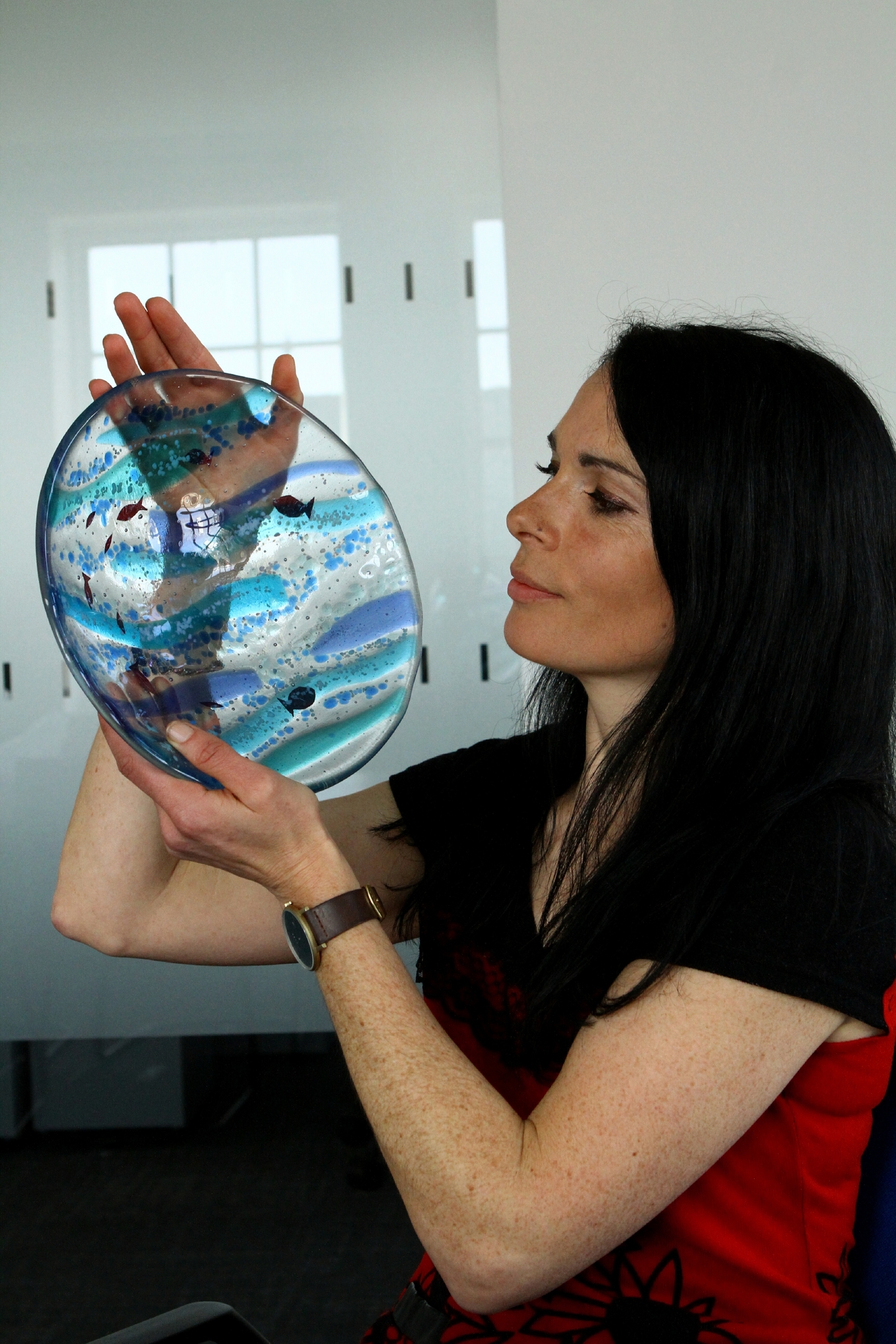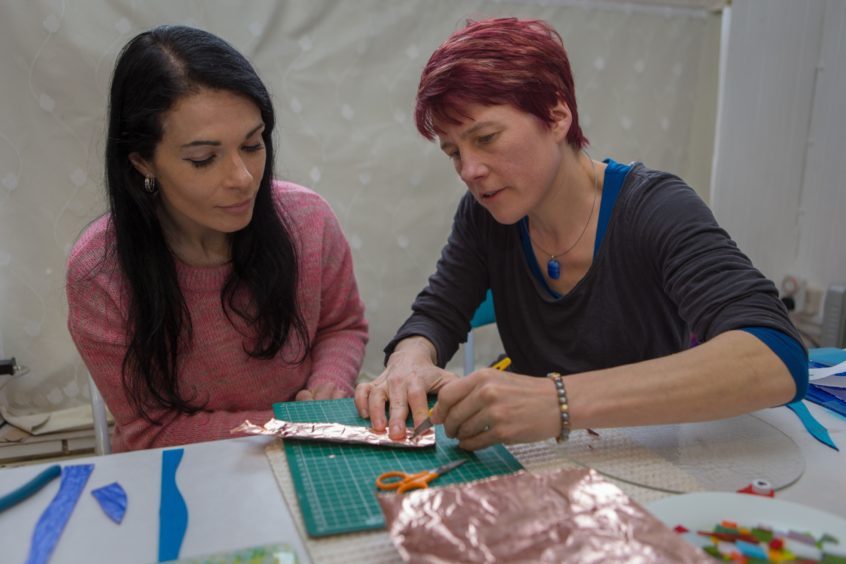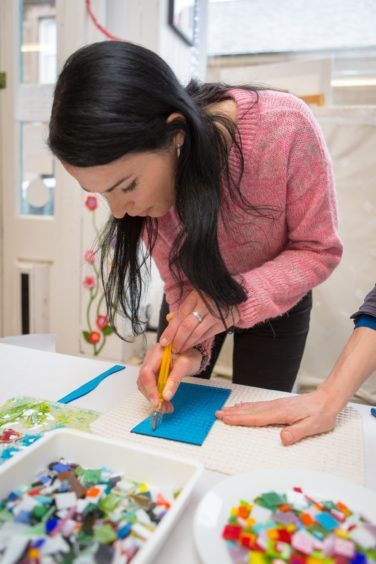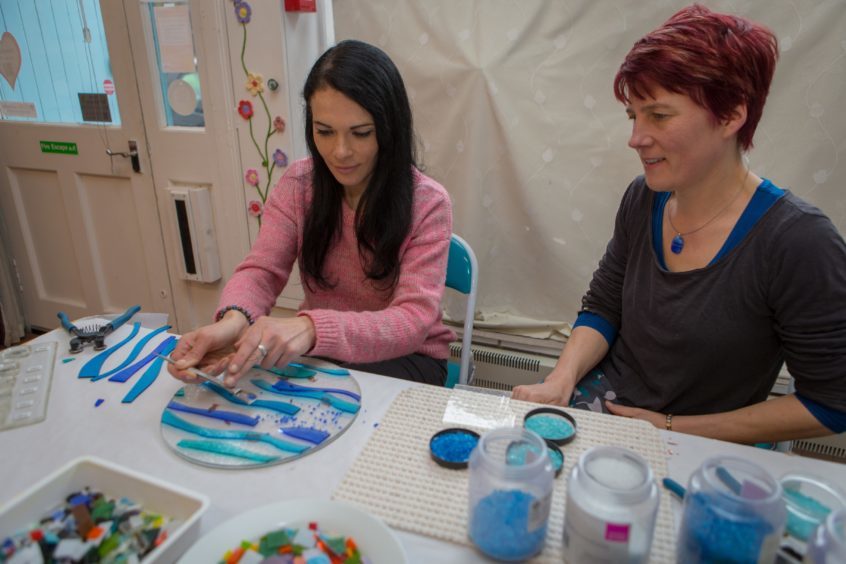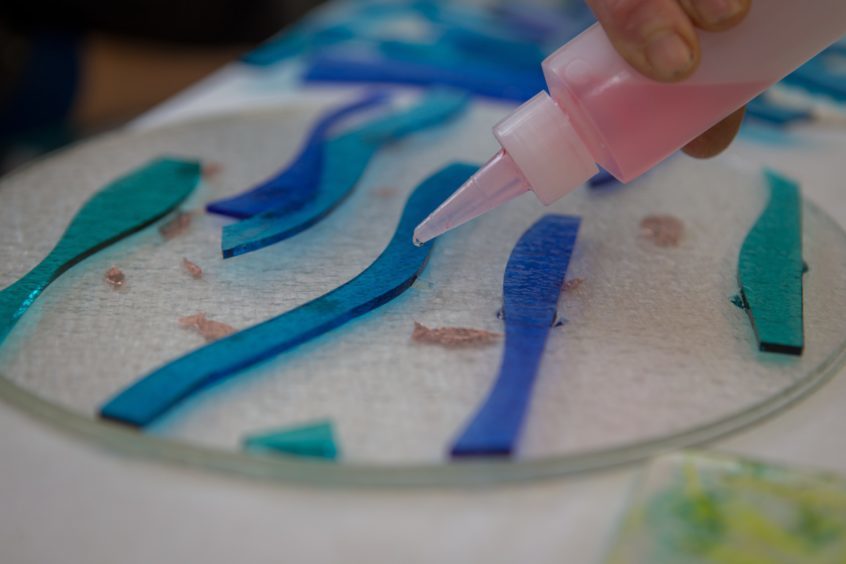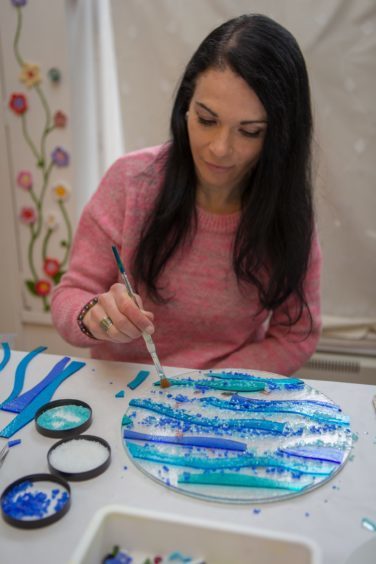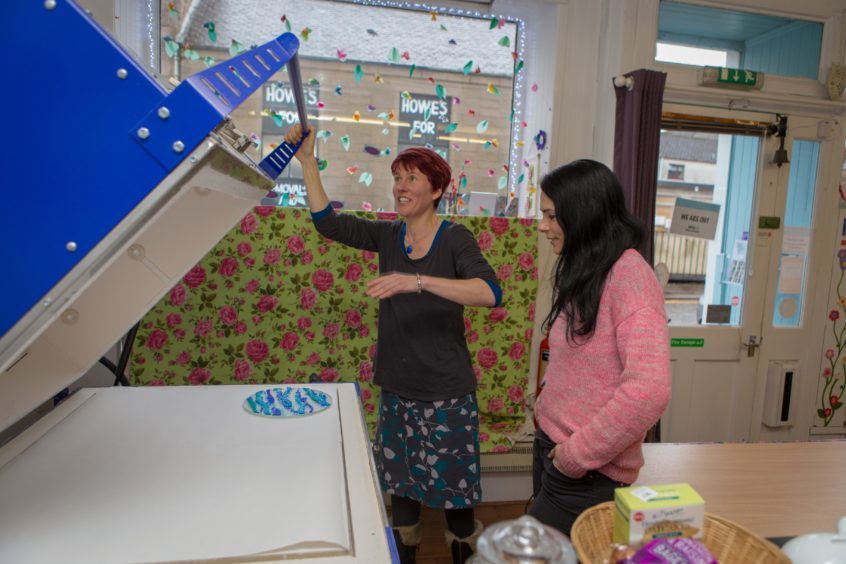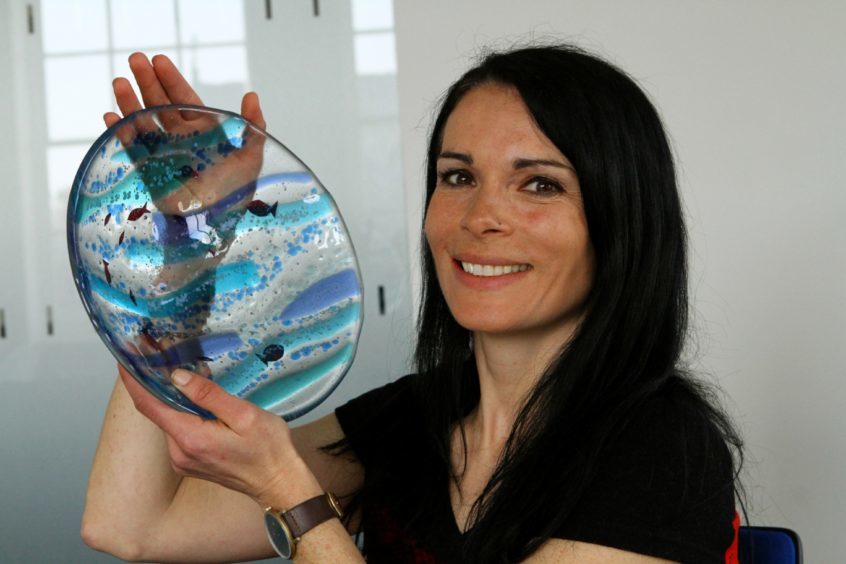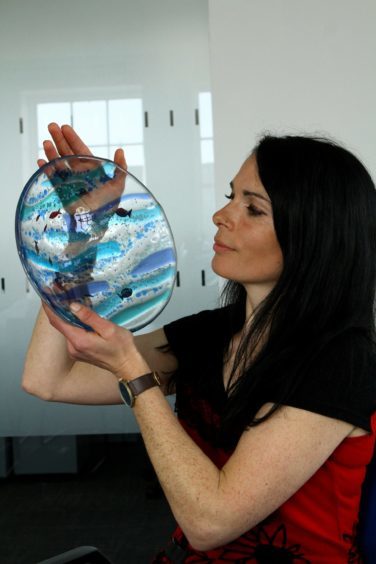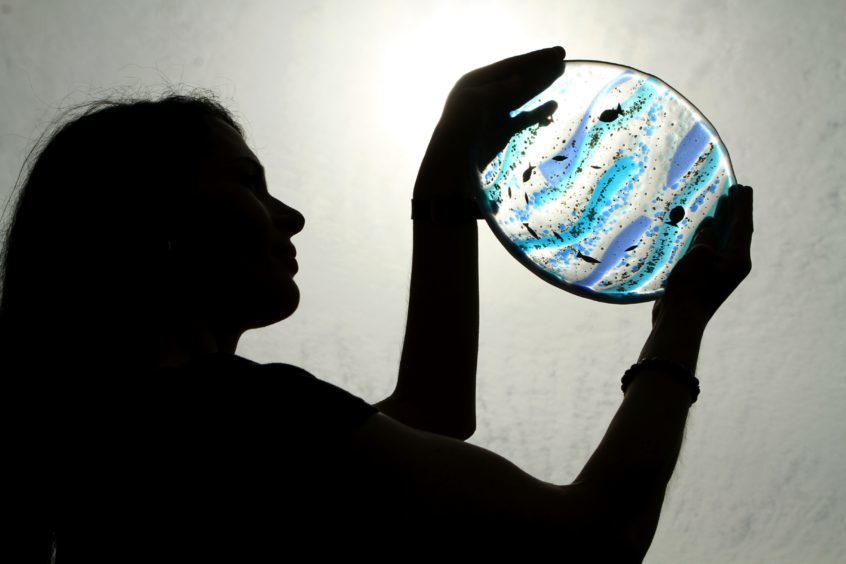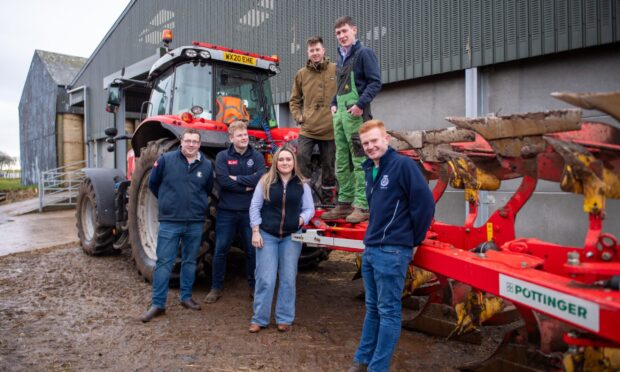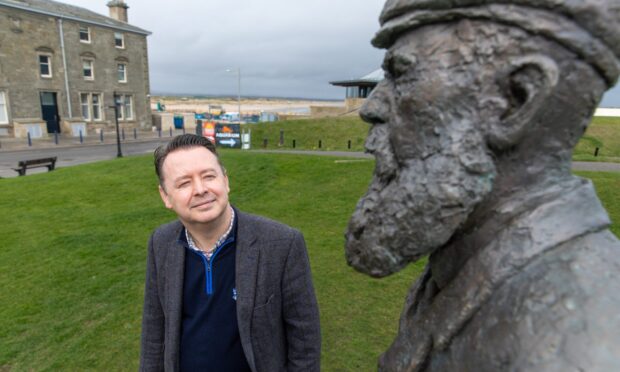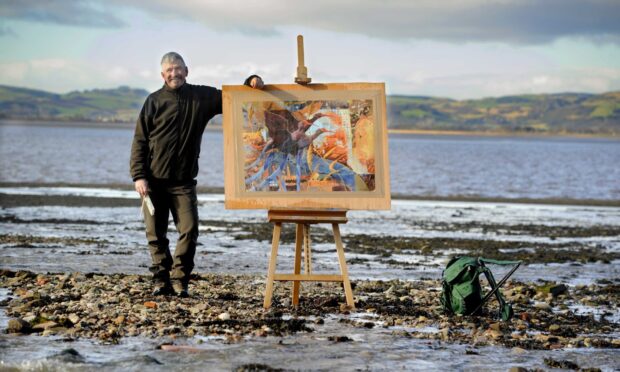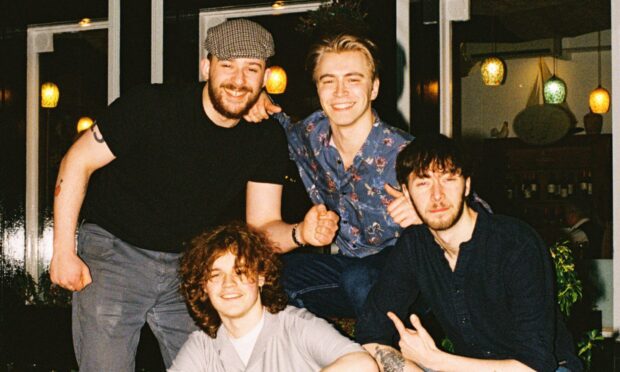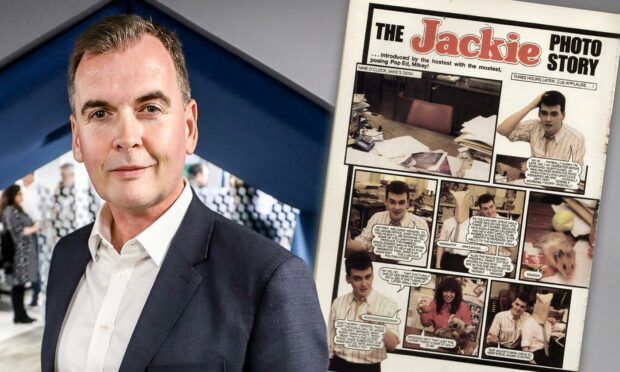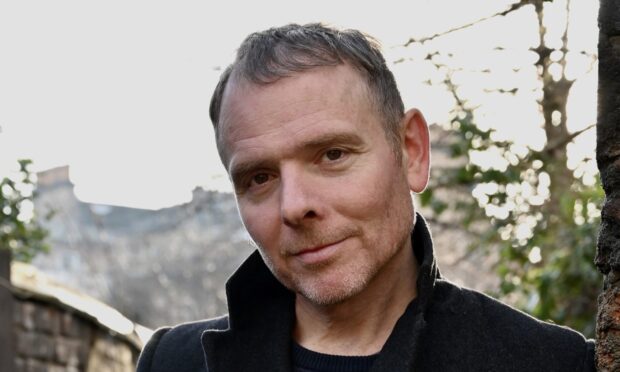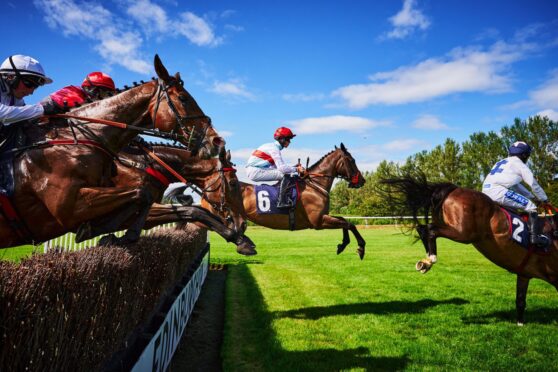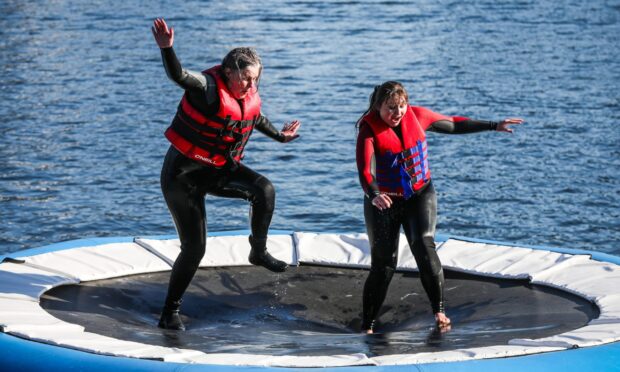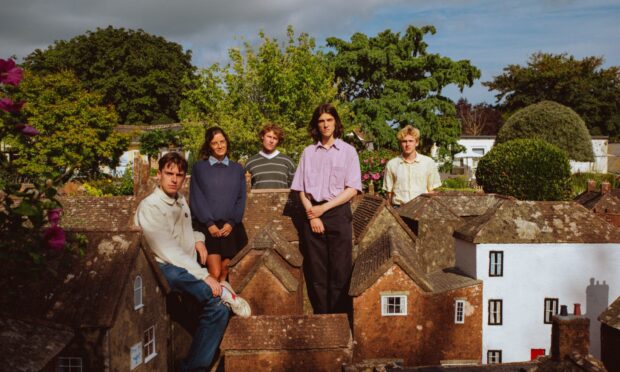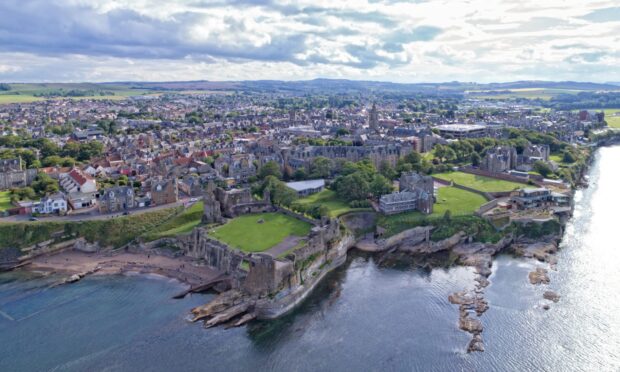Glass art is de rigueur. Gayle has a smashing time at one of glass artist Rachel Bower’s fantastic workshops in Blairgowrie.
It is bold, beautiful, reminiscent of seaside holidays…and get this – I made it myself!
As I lift the glass bowl out of the kiln – where it has been fired for three days – it catches the light and the marine design springs into life.
The foil fish inside seem to swim freely, the blue and turquoise waves dance, and the sea spray shimmers and shines.
Okay, so perhaps I’m getting a bit carried away, but such beauty inspires poetry, even at the most basic level.
When I say I made the bowl myself, what I mean is that I made it with a lot of help from glass artist Rachel Bower.
Rachel, 45, creates stunning fused glass pieces using a combination of fine materials, genius and more than a dash of inspiration.
I signed up for one of her fab workshops in the hope of coming out with something unique, and despite my lack of artistic skill, my beloved bowl turns out beautifully.
“A lot of people believe they’re not arty or creative and say they can’t draw or paint, but there’s so much more to glass art than that,” says Rachel.
I’m glad to hear that because any artwork I ever produced at school was pretty tragic, a mural of a wounded hand striking a gong and a painting of a wallowing hippo aside.
Today is a lot more crafts-oriented and I’m spurred on by the fact a two-year-old girl made a glass dish with Rachel a few days earlier, although she did attempt to ingest it.
First things first and I start off with a transparent circle of sheet glass for the base of the bowl and cut a selection of abstract fish shapes out of thin copper using a craft knife.
I add eyes, fins and mouths to a few of my fish using a pen, and arrange them in a loose spiral shape to suggest a shoal.
Rachel then shows me how to cut coloured strips of glass, which I struggle with initially; a few shards break off prematurely.
Using a glass cutter and pliers, I then create a series of gently curving wave shapes in various shades of aqua, turquoise and sky blue glass.
I arrange these over the surface, overlapping in places to create a variety of subtle shades and tones using mosaic cutters to shape and refine the glass.
I then added frit (smaller pieces of crushed glass) in opalescent white, cyan and turquoise to give the effect of water drops and foam.
All the glass is held in place using a glue which will burn off cleanly in the kiln.
My design is then “capped” with another transparent circle of glass to hold the fish shapes in place.
We then move the bowl into the glass kiln, which Rachel tells me will heat my creation to 805c.
“The glass will become viscous like honey, the sharp edges will round off and individual pieces will flow together,” explains Rachel.
“This will create a glass disk which will then be fired over a ceramic slump mould to 750c, enough to soften the glass and allow it to fall into the mould and assume its shape.”
I wait three days for my bowl to fire and then return, full of anticipation for the big reveal.
“Kiln work changes things so you might be surprised by how it looks, although hopefully delighted!” says Rachel.
“I find real magic in glass fusing; I enjoy the way temperature changes a material.”
Opening the kiln, I’m bursting with excitement and am bowled over (excuse the pun) by how amazing my creation is – it is absolutely stunning!
Being naturally clumsy, I worry I’ll drop it on return to my car, but Rachel assures me it’s fairly robust, although recommends not dropping it on a tiled floor.
So what to do with it? “You could put fruit in it, or maybe wine?” suggests Rachel.
“A lot of people just keep it as something to have and look at.”
I’ve yet to decide what to do. The bowl seems too gorgeous to be hidden by plums and apples so for now, it takes pride of place on my kitchen table.
As well as bowls, Rachel makes clocks, jewellery, cake stands, glass for the garden, decorations and more, as well as running a general introduction to fused glass and family friendly events.
No glass is wasted – anything that doesn’t turn out right can be smashed into little pieces and remelted.
Rachel is keen to kill off any misconceptions that fusing glass is the same as glass blowing – they both use high temperatures but they’re very different art forms.
“There’s always an element of surprise and a great feeling of excitement and anticipation: much can happen in the firing process and the final design can be hard to predict,” she says.
Rachel graduated from Edinburgh College of Art in 1997 with a first class honours degree in design and applied arts specialising in ceramics.
She retrained as a countryside ranger, got involved with community art projects and then Perth and Kinross Council asked her if she could teach fused glass.
“I didn’t have a clue about it but was keen to get on board, so I went online and learned within 24 hours.
“In 18 months, I taught fused glass to hundreds of people across the area, in nurseries, care homes, schools and beyond.
“I taught in a shed at the end of a garden and in a church hall. Then I realised I loved it so much that I wanted to do it full-time, so two years ago, I opened my studio in Blairgowrie and here I am.”
info
Most contemporary glass fusing methods involve stacking, or layering thin sheets of glass, often using different colours to create patterns or simple images.
The stack is then heated in a kiln with a carefully designed firing schedule until the separate pieces bond together. The variation in firing schedules effects the texture of the finished piece which can range from being smooth to bumpy,which promotes texture and definition of the individual design components, to barely baked at all.
For information on Rachel’s work and workshops, see www.rachelbower.co.uk
